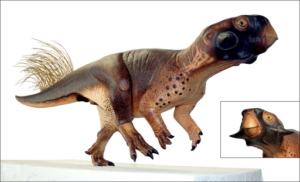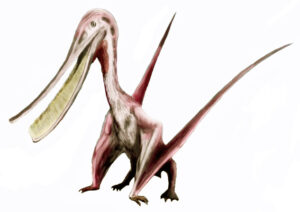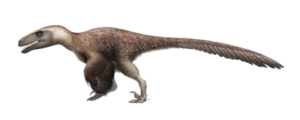Psittacosaurus
- When: Early Cretaceous
(126–101 mya) - Where: Asia
- What: Ceratopsian
- Weight: 20 kg
- Length: 2 meters
- Diet: Herbivorous
- Discovered: 1923
The Early Cretaceous period spanned from approximately 145 to 100 million years ago, immediately following the Jurassic period. It was a time of significant geological and biological changes that shaped the evolution of life on Earth.
During the Early Cretaceous, the breakup of the supercontinent Pangaea continued, leading to the separation of landmasses into Laurasia (North America and Eurasia) and Gondwana (South America, Africa, Antarctica, Australia, and the Indian subcontinent). This fragmentation altered ocean circulation patterns and influenced global climate.
In terms of life, the Early Cretaceous saw the diversification and evolution of many groups of organisms, including dinosaurs, marine reptiles, mammals, birds, and flowering plants. Dinosaurs continued to dominate terrestrial ecosystems.
Marine reptiles such as ichthyosaurs and plesiosaurs persisted but began to decline, while new groups like early turtles and crocodyliforms emerged. Birds continued to evolve from their dinosaur ancestors, gradually diversifying and adapting different ecological niches.
Flowering plants (angiosperms) underwent a rapid diversification during this time, becoming more dominant and contributing to the evolution of new herbivorous insects and herbivorous dinosaurs that fed on them. This proliferation of flowering plants laid the foundation for more complex terrestrial ecosystems that would continue to evolve throughout the Cretaceous period.


